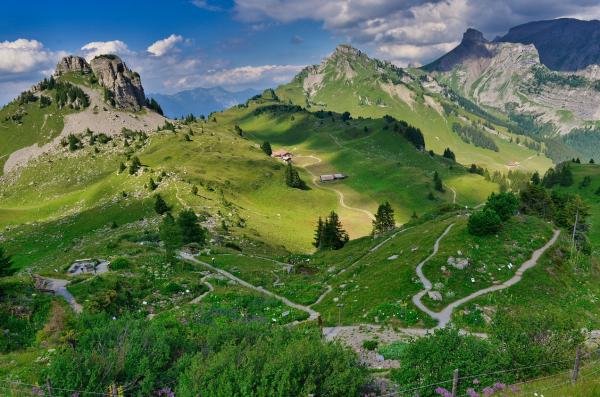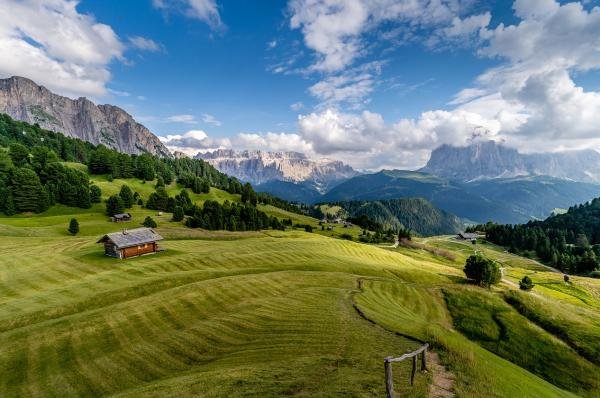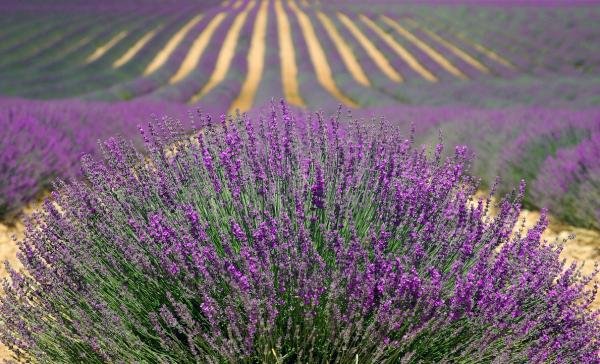Nouvelles de l'industrie
Imaging Characteristics And Shooting Suggestions Of Wide Angle Lenses
As we all know, a wide-angle lens is a photographic lens with a wider field of view, generally larger than what the human eye can see. Its focal length is relatively short, generally between 10mm and 35mm, and is suitable for shooting scenes that need to capture a wide range.
1.Imaging characteristics of wide-angle lenses
Different brands and models of wide-angle lenses may have some subtle differences in imaging characteristics, usually with the following characteristics:
Broad vision
Wide-angle lenses can capture a wider field of view and can capture more scenery or scenes. Therefore, wide-angle lenses are often used to shoot scenes such as landscapes, buildings, interiors, and crowds that need to show a sense of vast space.

Wide-angle lens to capture vast landscapes
Extended depth of field
Since wide-angle lenses have a smaller focal length, they can produce a larger depth of field, meaning that both the foreground and the background can remain relatively clear. This also means that wide-angle lenses are very suitable for use in shots that need to emphasize the overall depth of the scene.
Perspective distortion
Wide-angle lenses can cause perspective distortion when shooting close objects, which means that objects that are close to you appear larger, while objects that are far away appear smaller. The effect of perspective distortion can be used to create unique visual effects, such as exaggerating perspective and emphasizing foreground objects.
Edge curved
Wide-angle lenses tend to produce edge distortion or bending effects, especially at the horizontal and vertical edges. This is mainly due to the physical limitations of lens design, but can sometimes be used to deliberately create a special effect or visual language.
2.Shooting suggestions of wide-angle lenses
When shooting with a wide-angle lens, you can use some photography techniques to create more personal and creative works. You can take a look at the following shooting suggestions:
Pay attention to distortion.
Wide-angle lenses are prone to distortion when shooting at the edge areas. When shooting, try to keep people and important elements away from the edge areas, or adjust the image in post-production.
Creative composition.
When composing with a wide-angle lens, you can try to use different perspectives and angles to incorporate foreground, mid-ground, and background elements into the picture to enhance the layering and depth of the picture.

Composition characteristics of wide-angle lens
Emphasize the foreground.
To highlight the depth of the picture, you can place some elements in the foreground to guide the audience’s attention, such as stones, flowers, and other natural scenery, or part of a building.
Get close to your subject.
Sometimes you can try getting very close to your subject to get a unique perspective and a stronger sense of contrast between the foreground and background.
Make use of lines and shapes.
Wide-angle lenses are great for showing lines and shapes. You can use the lines and shapes in architectural features, bridges, or natural scenery as one of the key elements of your composition.
Make full use of light and shadow.
Wide-angle lenses can capture more light, so you can make full use of natural light or changes in light and shadow to change the atmosphere and visual effects of the scene. When shooting buildings, bridges, and natural scenery, the choice of shooting angle and light is especially important.
Grasp symmetry and balance.
Wide-angle lenses are great for capturing symmetrical elements, and mastering this will help you create visually balanced images.
Change the shooting angle.
You can also try changing the shooting angle during the shooting process, such as shooting from a high angle, which can show different visual effects.

Wide-angle lens shooting effect
Proficient in post-processing techniques.
Although the wide-angle lens itself has a wide field of view, you can also use some techniques to further optimize the image during post-processing, such as adjusting color, enhancing contrast, and correcting distortion.
It should be noted that the shooting methods and effects of wide-angle lenses are quite different from ordinary lenses. You can practice and try more when shooting, which will help you master more skills and use more creativity.

